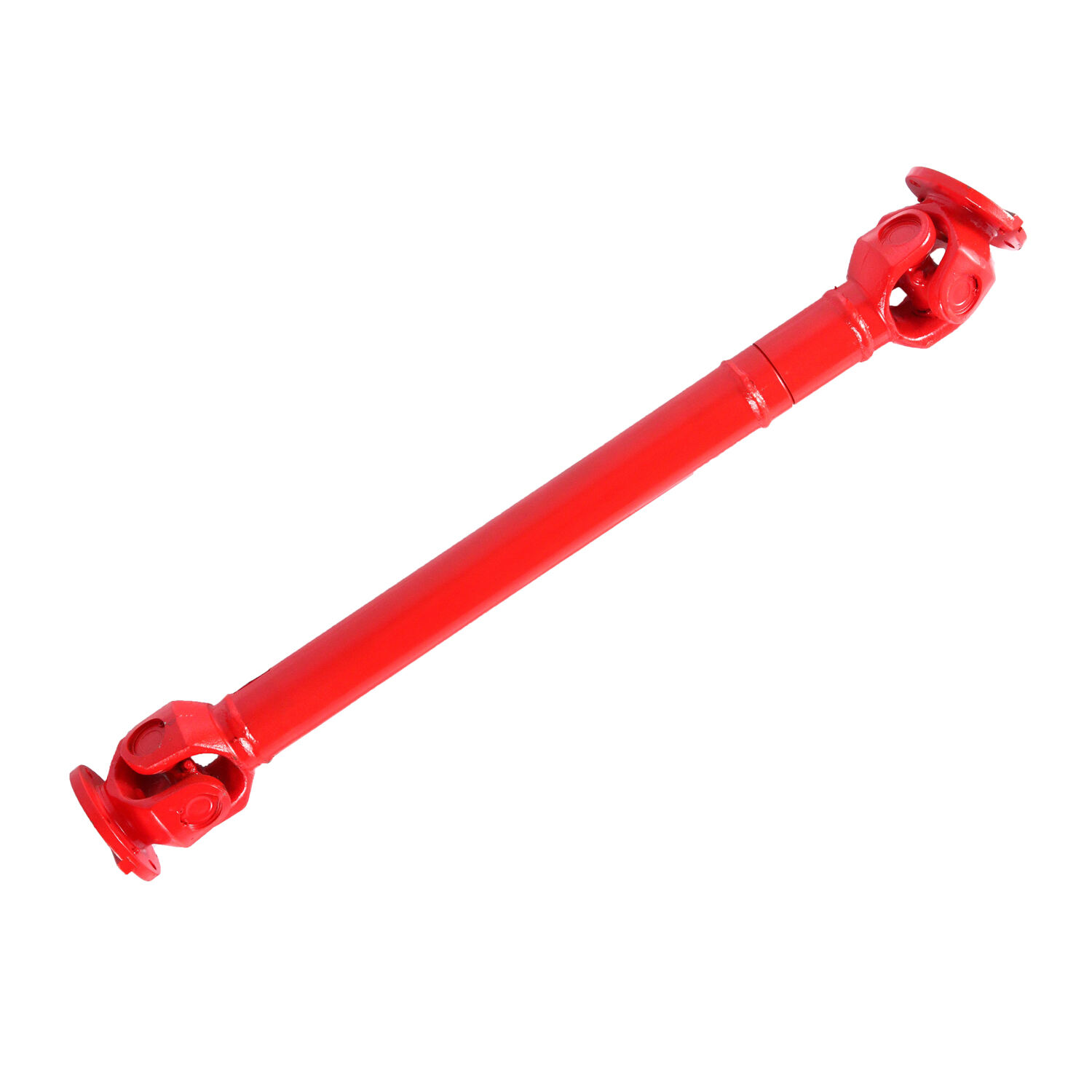installing a universal joint
Installing a universal joint is a critical process that ensures smooth power transmission in various mechanical applications. A universal joint, commonly known as a U-joint, is a flexible coupling that connects two shafts at different angles, allowing them to rotate and transmit power effectively. The installation process involves careful preparation, precise alignment, and proper torque application. The main function of a universal joint is to accommodate misalignment between rotating shafts while maintaining consistent power transfer. During installation, technicians must first inspect the components for any damage, clean the mounting surfaces, and ensure proper lubrication. The process typically includes removing the old joint, preparing the yoke or flange surfaces, installing new bearings and seals, and securing the joint with appropriate fasteners. Modern universal joints feature advanced materials like hardened steel and high-grade bearings, offering enhanced durability and performance. These components are essential in various applications, including automotive driveshafts, industrial machinery, and agricultural equipment, where angular movement between rotating shafts is necessary. Proper installation ensures optimal performance, reduced vibration, and extended service life of the mechanical system.


